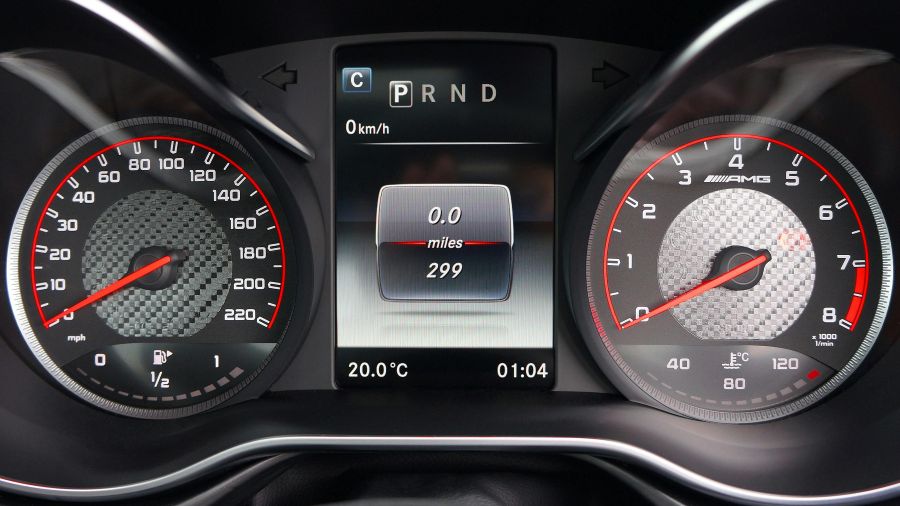The 1500-meter swim is one of the most challenging and rewarding distances in competitive swimming, often called the "metric mile" of the pool. Whether you're training for competition, fitness, or personal achievement, understanding how many laps constitute 1500 meters is essential for planning your workout and tracking your progress.
Quick Answer: Pool Size Determines Lap Count
The number of laps required to swim 1500 meters depends entirely on your pool's length. Here's the breakdown for the most common pool sizes:
50-meter pool: 30 laps (15 lengths)
25-yard pool: 66 laps (33 lengths)
Understanding Pool Measurements
Before diving into lap calculations, it's crucial to understand the difference between pool lengths and swimming terminology:
Length vs. Lap
- Length: Swimming from one end of the pool to the other (one-way)
- Lap: Swimming from one end to the other and back (round trip)
- 1 lap = 2 lengths in most swimming contexts
Some swimmers and facilities use "lap" and "length" interchangeably, so always clarify the terminology at your pool to avoid confusion in your training.
Detailed Pool Size Calculations
Let's break down the math for each common pool size:
| Pool Size | Lengths Needed | Laps Needed | Common Usage |
|---|---|---|---|
| 25 meters | 60 lengths | 30 laps | Most public pools, training |
| 50 meters | 30 lengths | 15 laps | Olympic pools, competition |
| 25 yards | 65.6 lengths | 33 laps (rounded) | US high school, college |
| 33.3 meters | 45 lengths | 22.5 laps | Some older pools |
25-Meter Pool Calculation
This is the most common pool size worldwide:
1500 meters ÷ 25 meters per length = 60 lengths
60 lengths ÷ 2 lengths per lap = 30 laps
50-Meter Pool Calculation
Olympic-size pools make the math simpler:
1500 meters ÷ 50 meters per length = 30 lengths
30 lengths ÷ 2 lengths per lap = 15 laps
25-Yard Pool Calculation
Common in the United States, requiring conversion:
1500 meters = 1640.4 yards
1640.4 yards ÷ 25 yards per length = 65.6 lengths
Rounded to 66 lengths = 33 laps
Why 1500 Meters Matters in Swimming
The 1500-meter freestyle is significant in competitive swimming for several reasons:
Olympic Distance
Men's longest pool event
Tests endurance and strategy
Equivalent to metric mile
Training Benchmark
Standard distance test
Measures aerobic capacity
Goal for many swimmers
Fitness Challenge
Substantial workout
Burns significant calories
Builds endurance
Time Standards
Qualifying times for meets
Age group records
Personal achievement goals
Training for 1500 Meters
Successfully completing 1500 meters requires proper preparation and pacing strategy:
Building Endurance
- Start gradually: Begin with shorter distances and build up
- Consistent training: Swim regularly to build cardiovascular fitness
- Mix distances: Combine long, medium, and short swims
- Focus on technique: Efficient stroke saves energy
A typical progression might be: 400m → 800m → 1200m → 1500m over several weeks, allowing your body to adapt to the increased distance gradually.
Pacing Strategy
Proper pacing is crucial for completing 1500 meters efficiently:
Sample Pace Breakdown (25m pool)
For a 30-minute 1500m swim:
Tracking Your Progress
Keeping track of your laps and progress is essential for 1500-meter training:
Counting Methods
- Lap counters: Mechanical devices that click with each lap
- Waterproof watches: Many can count laps automatically
- Pool clocks: Use interval timing to track progress
- Mental counting: Count in groups of 5 or 10 laps
Many swimmers lose count during long swims. Try counting in sets of 10 laps (500m in a 25m pool) and use your fingers to track completed sets.
Common Challenges and Solutions
Swimming 1500 meters presents unique challenges that swimmers must overcome:
Mental Fatigue
The repetitive nature of lap swimming can be mentally challenging:
- Break the distance into smaller segments
- Set mini-goals throughout the swim
- Focus on technique rather than just distance
- Use different strokes to add variety
Physical Endurance
Building the stamina for 1500 meters takes time:
- Gradually increase weekly swimming volume
- Include both aerobic and anaerobic training
- Work on breathing patterns and efficiency
- Strengthen core and shoulder muscles
Comparing Swimming Distances
Understanding how 1500 meters relates to other common swimming distances:
| Distance | 25m Pool Laps | Swimming Context | Approximate Time |
|---|---|---|---|
| 400m | 8 laps | Sprint distance | 6-10 minutes |
| 800m | 16 laps | Middle distance | 12-20 minutes |
| 1500m | 30 laps | Distance/endurance | 20-35 minutes |
| 3000m | 60 laps | Long distance training | 45-70 minutes |
Pool Etiquette for Distance Swimming
When swimming 1500 meters in a public pool, follow these guidelines:
- Choose appropriate lanes: Use medium or fast lanes for continuous swimming
- Communicate your workout: Let others know you're doing a long swim
- Share lanes courteously: Follow circle swimming patterns when sharing
- Time your workout: Avoid peak hours when possible
Equipment for 1500-Meter Swimming
While not essential, certain equipment can enhance your 1500-meter training:
Timing Equipment
Waterproof watch or pace clock
Lap counter device
Interval timer
Training Aids
Pull buoy for upper body focus
Kickboard for leg training
Fins for technique work
Comfort Items
Well-fitting goggles
Comfortable swimsuit
Swim cap if needed
Recovery Tools
Water bottle for hydration
Towel for rest periods
Post-swim nutrition
Conclusion
Swimming 1500 meters is an achievable goal that provides excellent cardiovascular exercise and a sense of accomplishment. Whether you're swimming 30 laps in a 25-meter pool, 15 laps in a 50-meter pool, or 33 laps in a 25-yard pool, the key is consistent training, proper pacing, and gradual progression.
Remember that the journey to completing 1500 meters is as important as the destination. Focus on building your endurance gradually, maintaining good technique, and enjoying the meditative rhythm of long-distance swimming. With dedication and proper preparation, you'll find that those 30 laps become not just manageable, but genuinely enjoyable.

